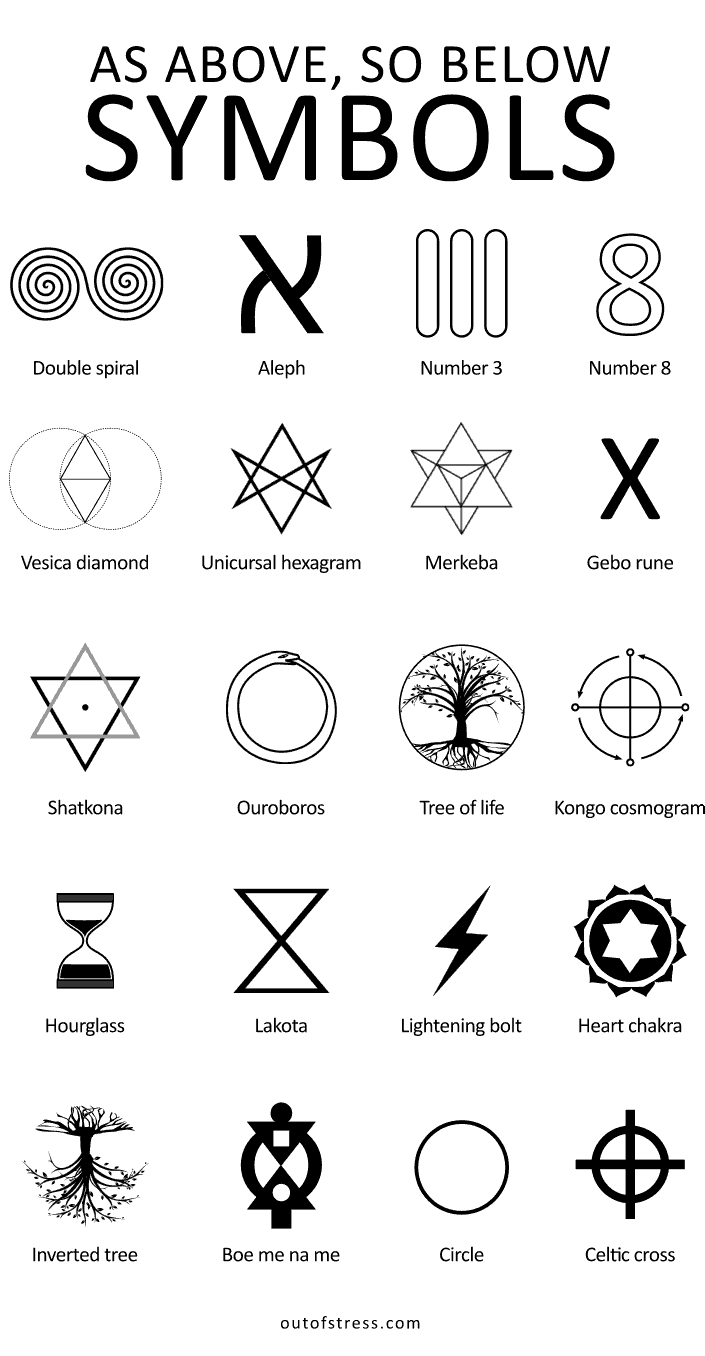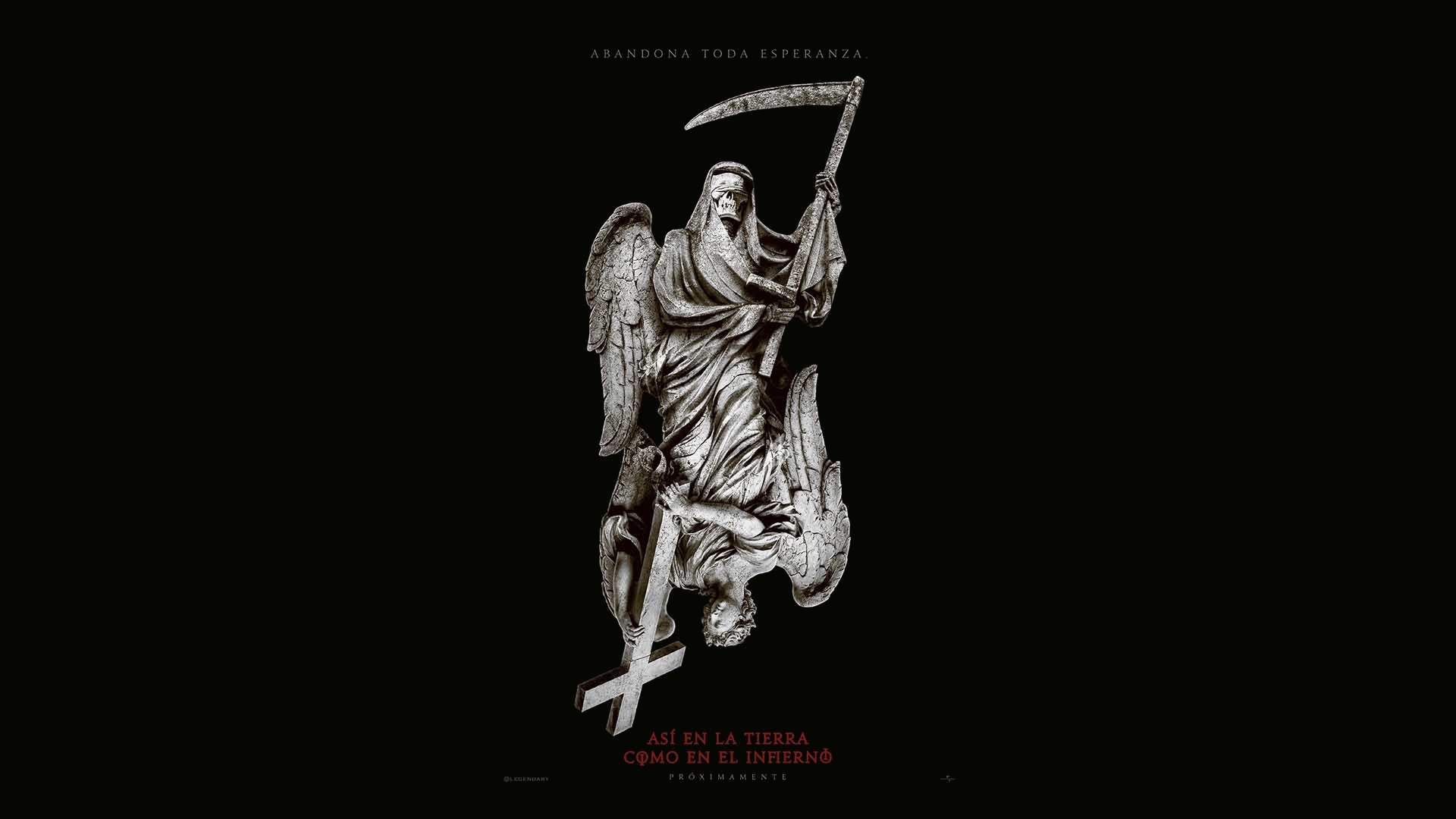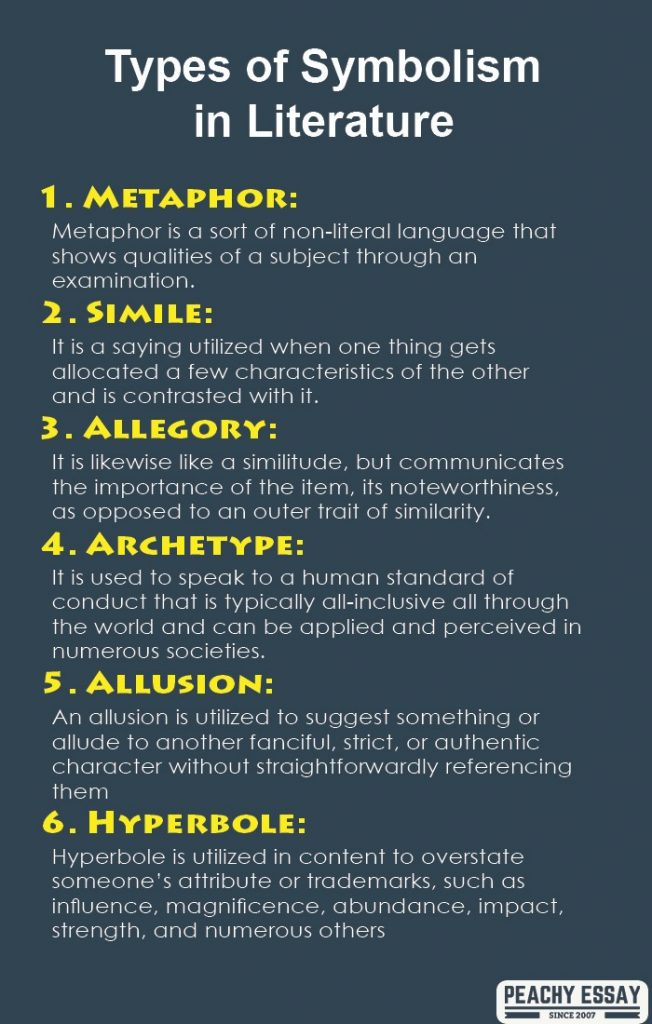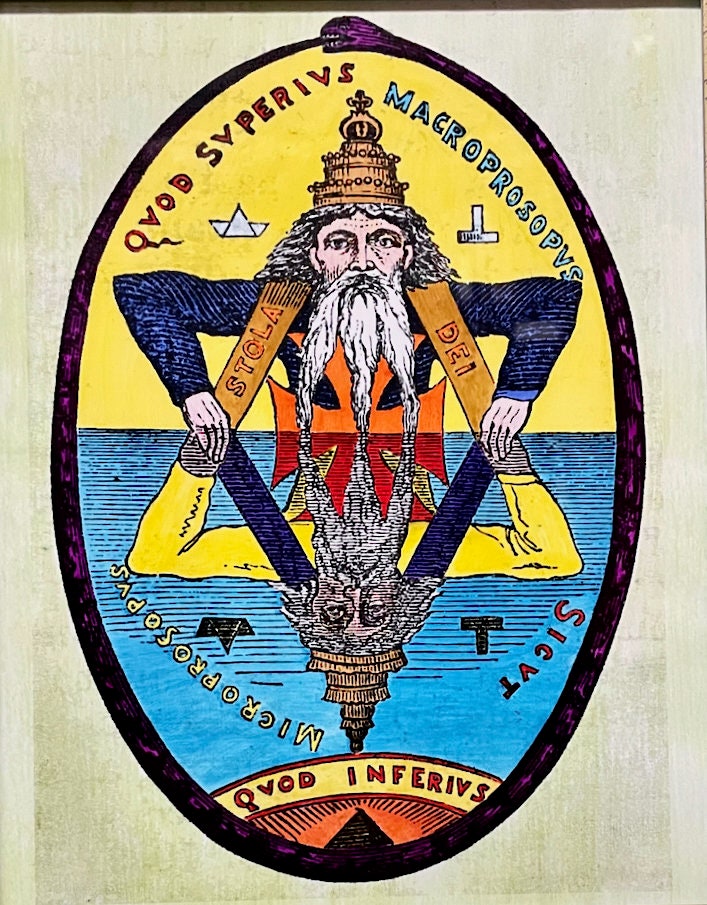As Above, So Beneath: Exploring The Symbolic Language Of Watches In Artwork, Literature, And Life
As Above, So Beneath: Exploring the Symbolic Language of Watches in Artwork, Literature, and Life
Associated Articles: As Above, So Beneath: Exploring the Symbolic Language of Watches in Artwork, Literature, and Life
Introduction
On this auspicious event, we’re delighted to delve into the intriguing subject associated to As Above, So Beneath: Exploring the Symbolic Language of Watches in Artwork, Literature, and Life. Let’s weave fascinating data and provide recent views to the readers.
Desk of Content material
As Above, So Beneath: Exploring the Symbolic Language of Watches in Artwork, Literature, and Life

The watch, a seemingly easy instrument for measuring time, transcends its utilitarian operate to turn into a robust image imbued with layers of that means. Its round face, harking back to celestial our bodies, and its intricate mechanism, mirroring the complexity of the universe, have captivated artists, writers, and philosophers for hundreds of years. The phrase "as above, so under," a cornerstone of Airtight philosophy, completely encapsulates the watch’s symbolic resonance: it displays the microcosm throughout the macrocosm, the person’s journey mirroring the grand cosmic dance.
This text will delve into the multifaceted symbolism of the watch, exploring its illustration in numerous artwork types and cultural contexts, in the end demonstrating how its seemingly mundane operate serves as a potent metaphor for all times, loss of life, eternity, and the interconnectedness of all issues.
Time’s Unrelenting March: Mortality and the Fleeting Current
Essentially the most speedy and pervasive symbolism related to watches is the relentless march of time and the inevitability of mortality. The ticking fingers, relentlessly pursuing their round path, function a relentless reminder of our finite existence. This consciousness is ceaselessly explored in literature and artwork. Consider the souvenir mori custom, the place depictions of skulls and decaying flesh are juxtaposed with opulent objects, together with watches, to underscore the transience of earthly possessions and the understanding of loss of life. The ticking watch turns into a visible and auditory illustration of the ever-decreasing time allotted to us.
In literature, the watch typically serves as a robust narrative gadget, highlighting the stress of deadlines, the urgency of decisions, and the load of previous actions. Think about the ticking clock in numerous thrillers, making a palpable sense of suspense and impending doom. The watch, in these situations, is not only a timekeeping gadget; it is a dramatic image of the protagonist’s race in opposition to time, a bodily manifestation of the narrative stress. The relentless ticking underscores the protagonist’s vulnerability and the fragility of their scenario.
The Celestial Sphere: Microcosm and Macrocosm
The round face of a watch, with its fingers orbiting the middle, instantly evokes the picture of celestial our bodies revolving round a central level. This visible similarity has led to its affiliation with the cosmos and the cyclical nature of time. The watch, on this context, turns into a microcosm reflecting the macrocosm – a miniature illustration of the huge universe and its intricate workings.
This connection is deeply rooted in Airtight philosophy, which emphasizes the precept of "as above, so under." The watch, with its exactly calibrated gears and comes, mirrors the intricate order and concord believed to control the universe. The cyclical motion of the fingers echoes the cyclical nature of seasons, the phases of the moon, and the continual stream of cosmic vitality. This angle elevates the watch from a mere timekeeping gadget to a symbolic illustration of the interconnectedness of all issues, suggesting a harmonious relationship between the terrestrial and the celestial realms.
Precision and Management: The Phantasm of Mastery
The precision engineering of a watch, its means to precisely measure time, has typically been related to human makes an attempt to regulate and perceive the universe. The intricate mechanism, hidden beneath the floor, represents the complicated techniques that govern each the pure world and human society. Nonetheless, this obvious management is in the end an phantasm. Regardless of our greatest efforts to measure and perceive time, it stays an elusive and unpredictable drive, always slipping via our grasp.
This stress between human ambition to regulate time and the inherent uncontrollability of time itself is a recurring theme in artwork and literature. The meticulously crafted watch, an emblem of human ingenuity, in the end serves as a poignant reminder of our limitations within the face of the unstoppable stream of time. The peerlessly functioning mechanism can break down, highlighting the fragility of human constructs and the unpredictability of destiny.
Damaged Watches: Decay, Loss, and the Passage of Time
Conversely, a damaged watch symbolizes the disruption of time’s pure stream, representing decay, loss, and the passage of time’s damaging energy. A stopped watch, frozen at a specific second, can evoke a way of nostalgia, marking a selected occasion or reminiscence. It may well additionally signify the abrupt cessation of life, a poignant reminder of mortality. The damaged watch, in contrast to its practical counterpart, would not merely measure time; it embodies the irreversible nature of its passage.
The imagery of a damaged watch is ceaselessly employed in artwork to convey themes of loss, grief, and the fragility of life. The shattered glass, the disconnected gears, all function visible metaphors for the disintegration of order and the disruption of the pure rhythm of life. This brokenness, nonetheless, may symbolize a possible for renewal, an opportunity for a brand new starting, a recent perspective on the passage of time.
Watches as Heirlooms: Legacy and Continuity
The passing down of a watch via generations transforms it into a robust image of legacy and continuity. The watch turns into greater than a mere timekeeping gadget; it embodies household historical past, carrying with it reminiscences, tales, and the load of shared experiences. Every scratch, every dent, tells a narrative, marking the passage of time and the enduring connection between generations.
On this context, the watch serves as a tangible hyperlink to the previous, a reminder of those that got here earlier than and the legacy they go away behind. It is a image of continuity, a testomony to the enduring human spirit, and a illustration of the cyclical nature of life and loss of life. The watch, on this sense, transcends its practical goal, turning into a cherished heirloom that connects the previous, current, and future.
Conclusion: The Enduring Symbolism of the Watch
The watch, removed from being a easy instrument for measuring time, possesses a wealthy and multifaceted symbolism that has resonated all through historical past. Its round face mirrors the celestial spheres, its intricate mechanism displays the complexity of the universe, and its relentless ticking serves as a relentless reminder of our mortality. From the meticulous precision of its engineering to the poignant imagery of a damaged watch, this small object embodies a wealth of that means, encapsulating the human expertise in all its complexity. The watch, subsequently, stays a potent image, persevering with to encourage artists, writers, and thinkers to discover the profound mysteries of time, life, and the universe itself. Its enduring presence in artwork, literature, and life serves as a testomony to its enduring energy as an emblem of "as above, so under," a microcosm reflecting the vastness and intricacy of the macrocosm.








Closure
Thus, we hope this text has supplied invaluable insights into As Above, So Beneath: Exploring the Symbolic Language of Watches in Artwork, Literature, and Life. We thanks for taking the time to learn this text. See you in our subsequent article!